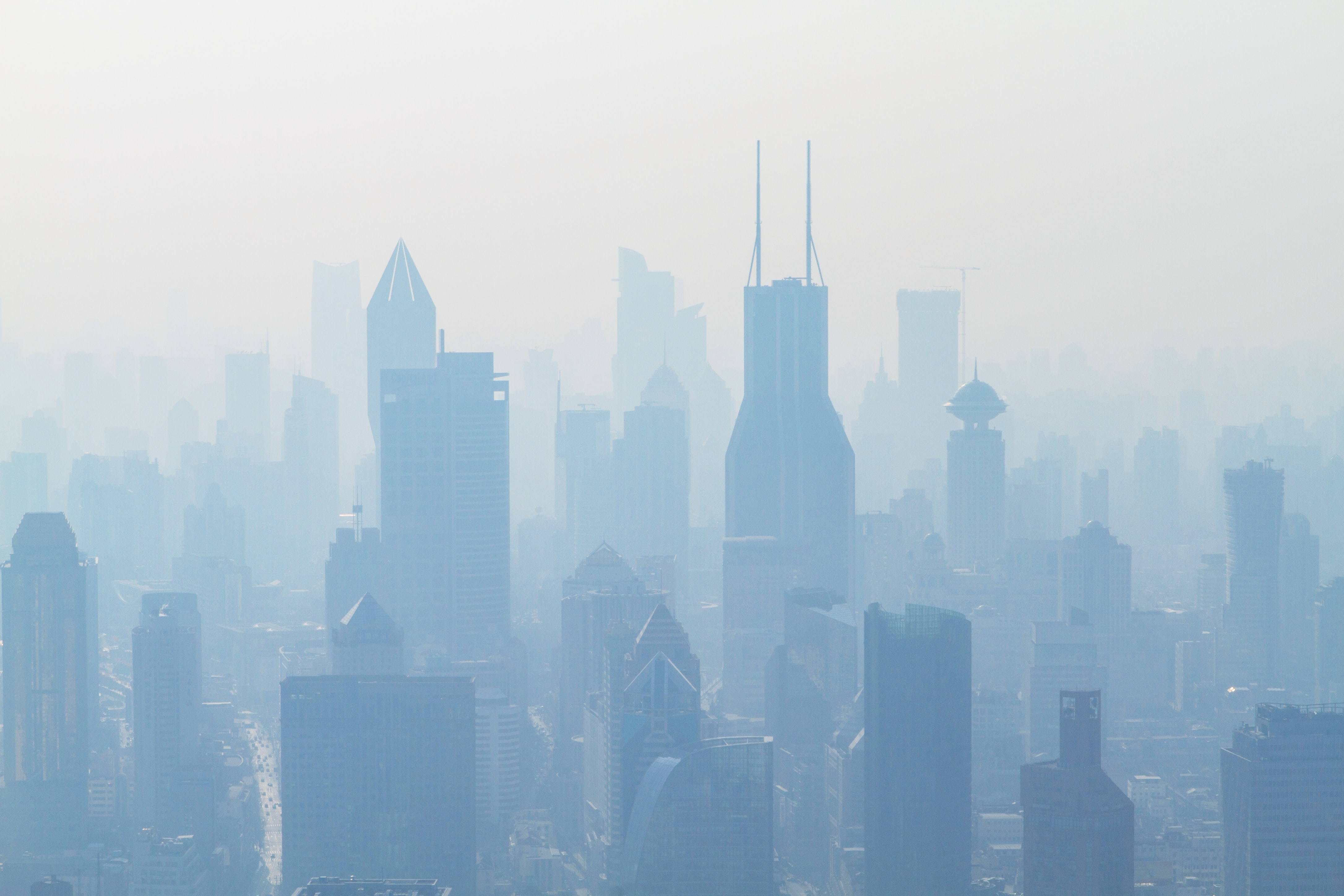Media release
From:
During spring and summer of 2020, ozone at 1-8 kilometers (0.6-5 miles) above Earth’s surface fell by 7% on average across the Northern Hemisphere, a new study finds. The decrease is likely explained by curtailed transportation due to COVID-19 quarantines, according to the report, published in Geophysical Research Letters, AGU’s journal for high-impact, short-format reports with immediate implications spanning all Earth and space sciences.
Worldwide, surface traffic emissions went down by 14% and air-traffic emissions by 40% on average in 2020.
The new study analyzed data from weather balloons and remote sensing instruments from 45 stations. Many of the observatories saw similar ozone decreases in this layer of the atmosphere, to levels which had not been recorded in two decades.
“This is a remarkably large ozone reduction, over a very big region,” said Wolfgang Steinbrecht, an atmospheric scientist at Deutscher Wetterdienst’s (the German weather service’s) Hohenpeissenberg Meteorological Observatory, and lead-author of the study. “The last time we’ve seen such low free tropospheric ozone in Hohenpeissenberg was 1976.”
About 90% of Earth’s ozone is produced naturally through sunlight driven reactions in the stratosphere, a layer of the atmosphere about 10-50 kilometers (6-30 miles) above Earth’s surface, separated from the ground level atmosphere by jet streams. This “good” ozone absorbs harmful ultraviolet light and is essential to life on Earth.
Ozone in the atmosphere from the ground to about 10 kilometers (6 miles), the layer called the troposphere, is largely a pollutant generated by human industry and transportation, and a component of smog. This “bad” ozone is created by chemical reactions with nitrogen oxides (NOx) produced in fossil fuel combustion and with volatile organic compounds mostly produced by plants. Breathing ozone in high enough concentrations inflames the lungs, worsens existing health conditions like asthma, emphysema and bronchitis and can increase the risk of heart attack and stroke.
The results of the new study contrast with ground level findings from recent studies in congested cities, which reported ozone concentrations increasing by 10 to 30% in some urban locations as nitrogen oxides decreased during quarantines. This can be explained by the complicated chemistry of ozone and other pollutants, Steinbrecht said. In heavily polluted air, nitrogen oxides can destroy ozone, so, counterintuitively, decreasing nitrogen oxides can lead to more ozone.
The new study did not measure ozone at ground level. The measured change in ozone at 1-8 kilometers altitude may be reflected by similar decreases in some cities, but it is unlikely to have notable impacts for people on the ground or stratospheric ozone, Steinbrecht said. The new study did not detect similar changes of stratospheric ozone and the authors do not anticipate the decrease in ozone in the lower atmosphere will impact the ozone hole.
“The implications for human heath are probably a lot smaller than all the other COVID-19 implications I would think,” Steinbrecht said. But the quarantine provides an excellent test case for atmospheric models. Simulations of 2020 conditions by NCAR’s latest Community Atmosphere Model (CAM6.3), which includes atmospheric chemistry, fit the observed ozone data well, according to Steinbrecht.
“Ozone is the poster child for the troposphere because we understand it well,” Steinbrecht said. “The COVID-19 lockdowns are an unplanned global scale atmospheric experiment. They show how complex the atmosphere can react to emission changes. We can learn many things from this, for example, what internationally coordinated emission controls could achieve for air-quality worldwide.”



 Australia; New Zealand; International; NSW; VIC
Australia; New Zealand; International; NSW; VIC



